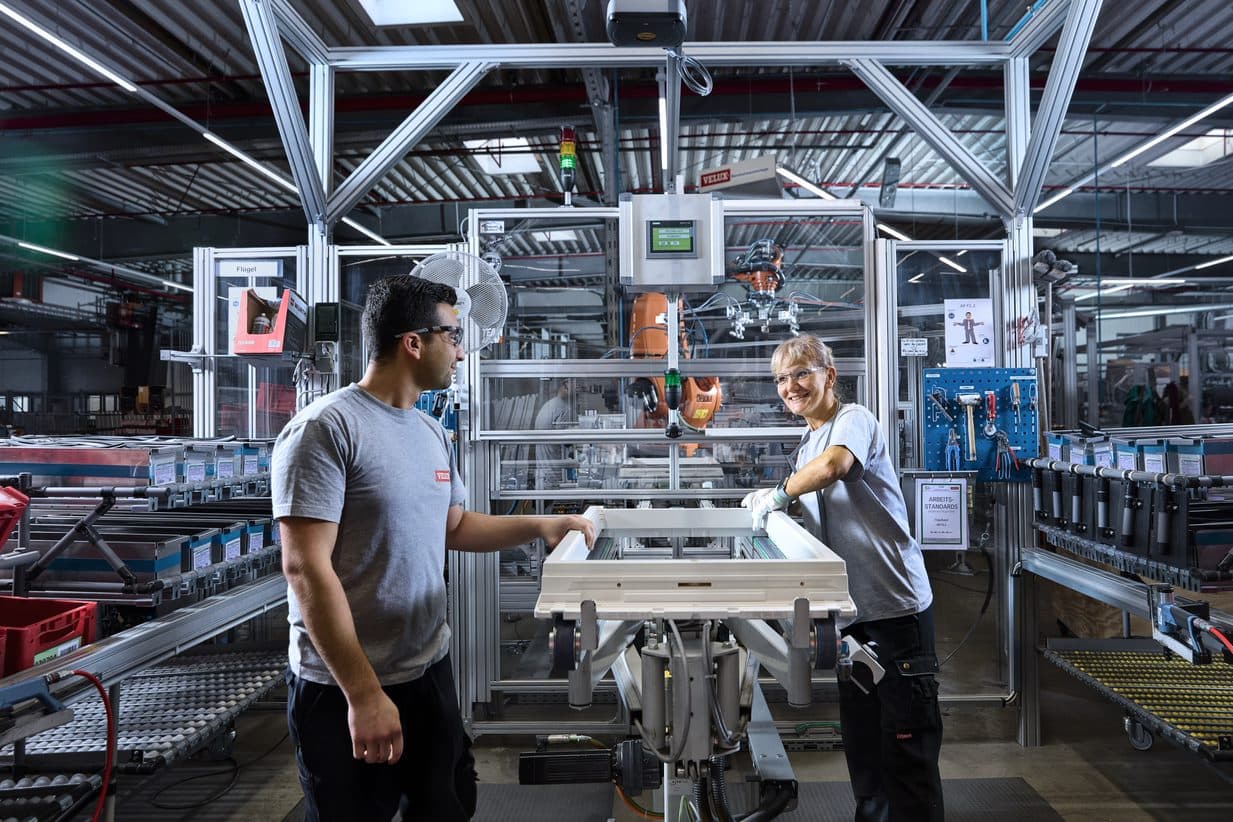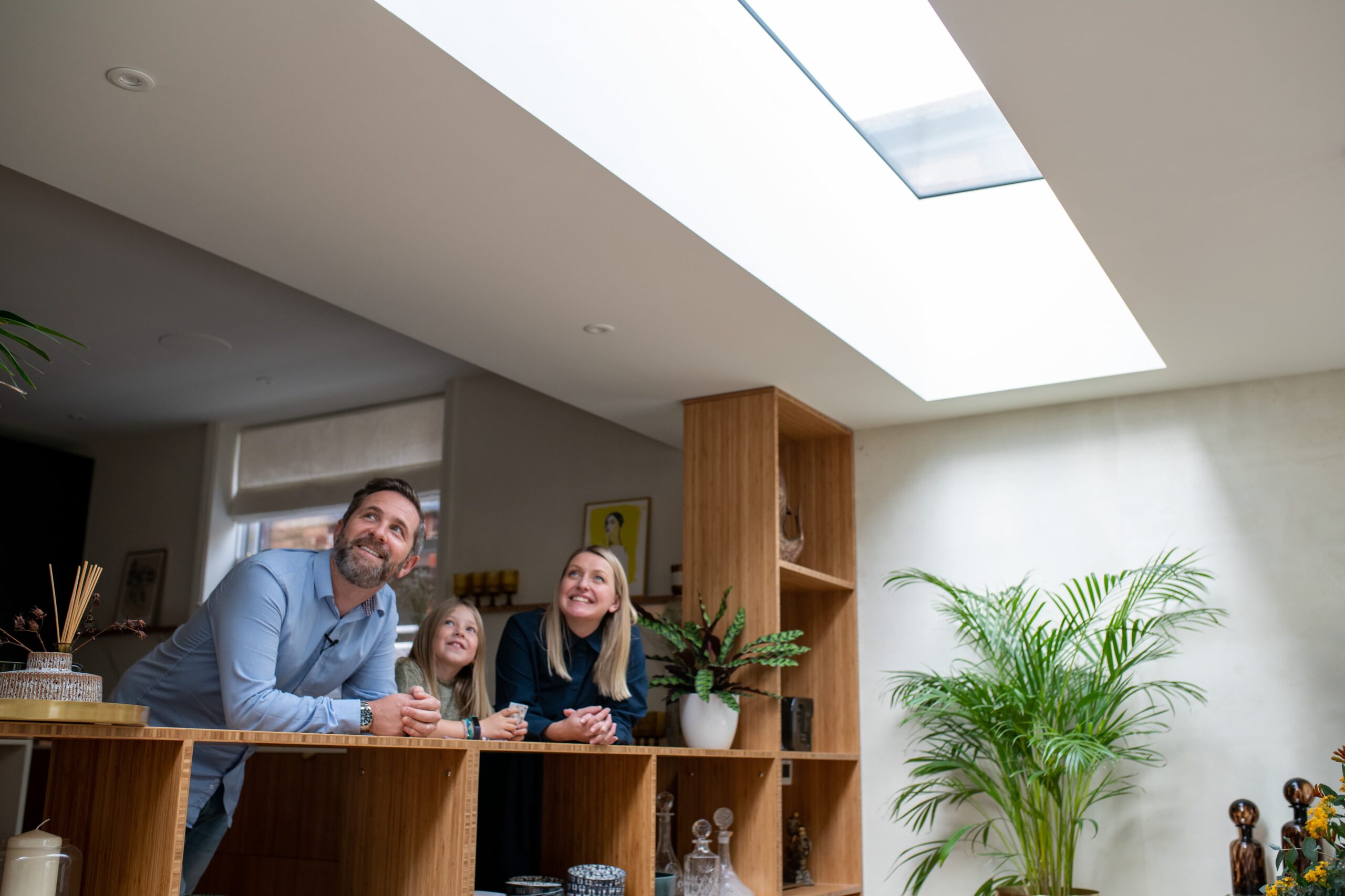We need a dramatic increase in the renovation rate
It is complex and challenging, but also important and worthwhile when we see that we are on the way to getting our own VELUX business in order. Now is the time for all other businesses and organisations involved with the global building stock to act. With the right focus, tools and funding, we can ensure a sustainable, resilient, energy efficient and carbon neutral building stock that is both healthy and affordable. It is a major challenge, but also an opportunity that we need to seize.
The current renovation rate is approximately 1% whereas the International Energy Agency recommends an increase of a minimum of 2.5% by 2030.
If we reach that level by 2030, we will be on track to renovating most existing buildings and to making the existing building stock energy efficient, healthy and carbon neutral by 2050. That’s a commitment we have already made at EU level. All new buildings need to be Net Zero Carbon ready by 2030, meaning that they are designed with minimum impact on carbon emissions during their lifetime, including carbon emissions from manufacturing of materials.
But there is still a long way to go. Not only is the renovation rate far below where it needs to be, but so too is the extent of the energy renovations carried out. In other words: currently, most renovation projects do not reach their full potential in terms of both energy efficiency and also comfort.
Use the global challenges to increase the green transition
In recent years, the need for a sustainable transition has grown even more urgent. COVID-19 related lockdowns and now the war in Ukraine have starkly underlined not just the inequality of our housing stock, but also the consequences of these sub-par conditions on health, well-being, energy usage and energy dependency.
The rallying cry for action has been strong, and it is being heard. Across the world, and in the EU in particular, vast sums of money have been earmarked for building renovation as part of national recovery and resilience plans. These need to be made into concrete projects and accompanied by powerful legislative frameworks that will help achieve our ambitions and unlock societal, environmental and economic benefits.
For this reason, we need to make sure that the revisions currently on the legislative table – for example, the European Performance of Buildings Directive and the Construction Products Regulation – create the most ambitious platform for impact and success. For this to happen, the building industry has to step up to the plate together. We have to share our experiences and our solutions and illustrate that the solutions already exist today, and that the way to a decarbonised world starts with using less –and working smarter.
The blog post is part of a series of perspectives leading up to the IEA’s 7th Annual Global Conference on Energy Efficiency held in Sønderborg, Denmark, on 7-9 June.






















